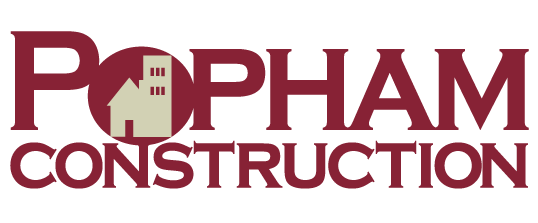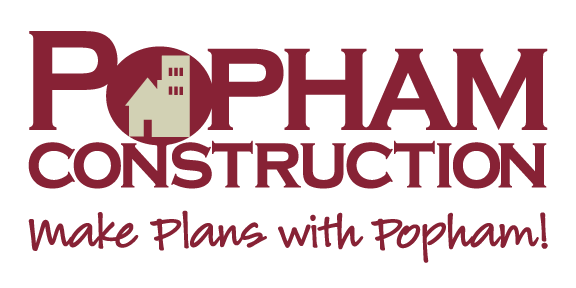Each season, inspect the following areas of your home for signs of damage from rainwater.
Gutter System – Check the gutter system for proper pitch and for corrosion, clogs, broken fasteners, and separation between connections and where gutters meet the fascia board. Gutter systems can be damaged by strong winds, rain storms, ice, and snow.
Foundation – Make sure that the soil around the foundation slopes away from the house and that the rainwater drains as far away from the foundation as possible. Also move leaf piles, excessive mulch, firewood, and dense shrubbery away from your foundation. They trap moisture, create mold, and invite rodents and insects.
Roof – Your roof should also be checked for missing shingles and other damage. Examine the underside of the roof for wetness or mold around points of penetration (plumbing vents, chimneys), wherever different roof planes intersect (valleys), and near dormers and skylights.
Attic – Check your attic for water stains, mold, wet insulation, and exposed insulation. Look for signs of birds, insects, or rodents in soffits and attic vents.
Siding – If you have siding, check under the roof eaves for water stains, which could be a sign of ice damming. Also, check for fungus growing out of siding, which is from moisture in the walls. Scratches or algae on siding usually result from overgrown trees or bushes.
Decks – Look for soft or loose boards, rails, steps, missing hardware, and areas of discoloration.

